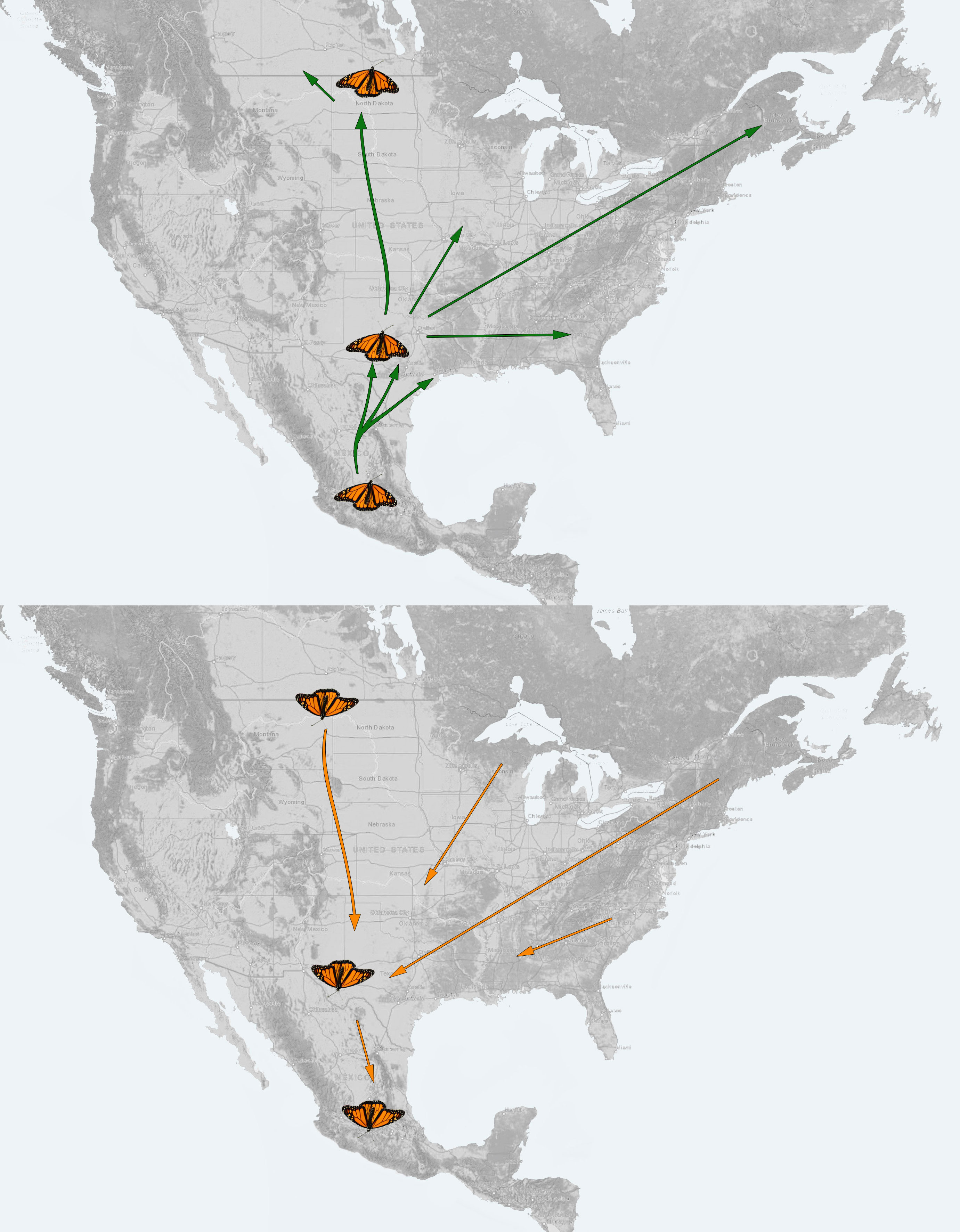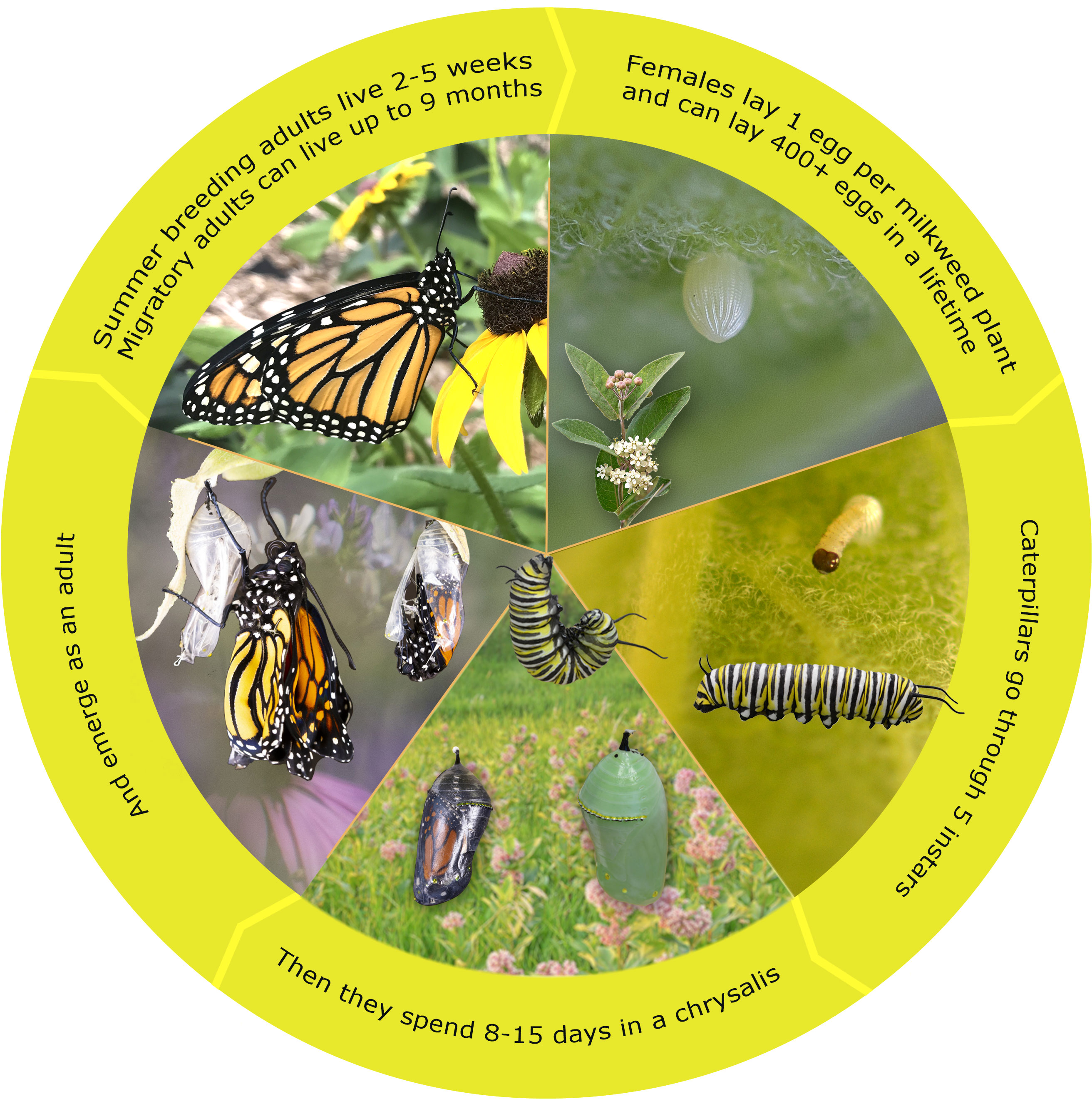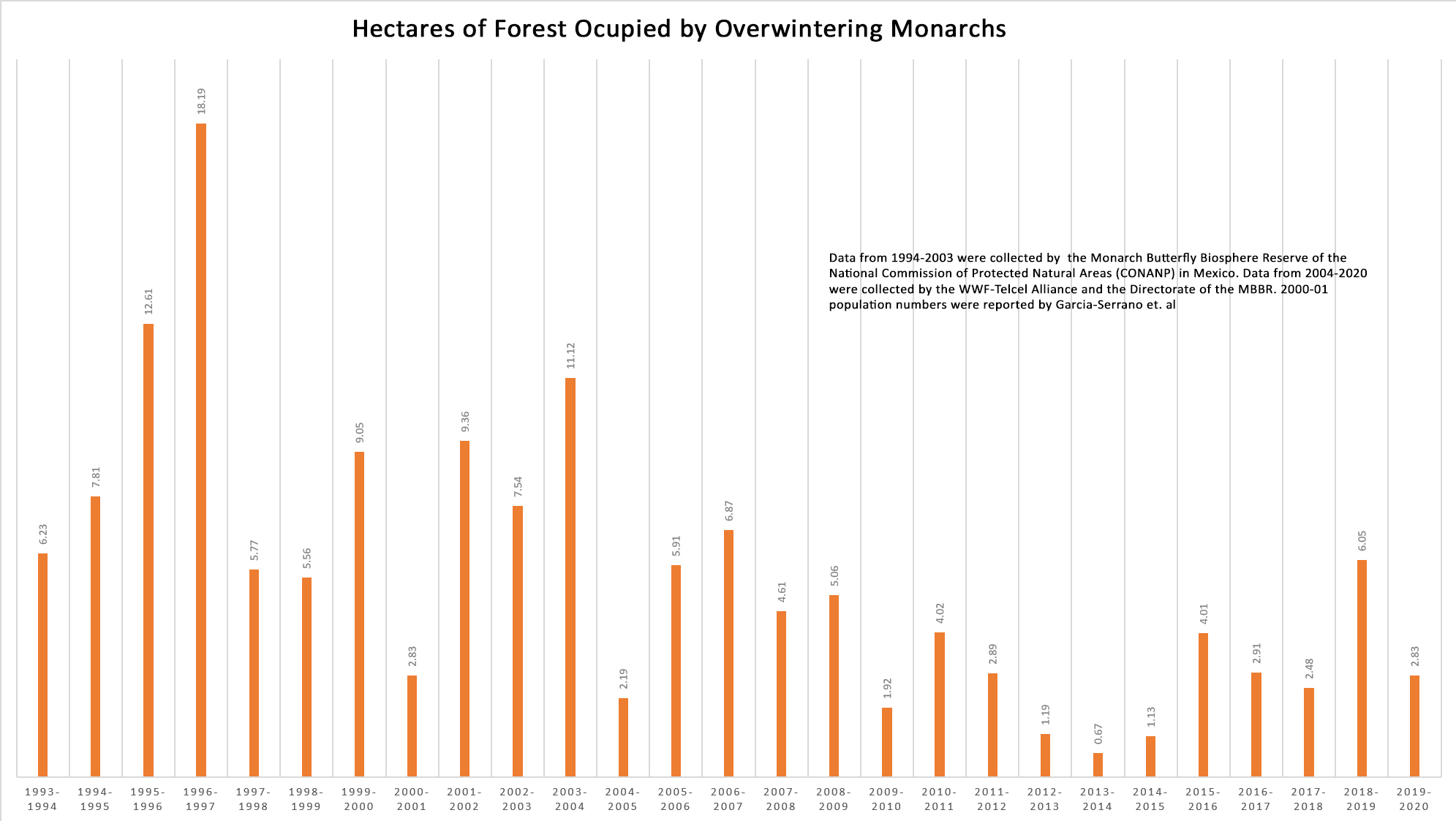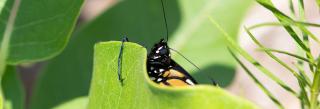

Monarch Butterfly Lifecycle
Monarch butterflies are arguably the most recognized butterfly species in North America with a wingspan of nearly 4 inches and its bright orange, black and white wing markings.
There are two main populations of migratory monarchs in North America. One breeds west of the Rocky Mountains and overwinters in California. The second, the population to which the monarchs found in North Dakota belong, breed east of the Rocky Mountains and overwinter in Mexico.
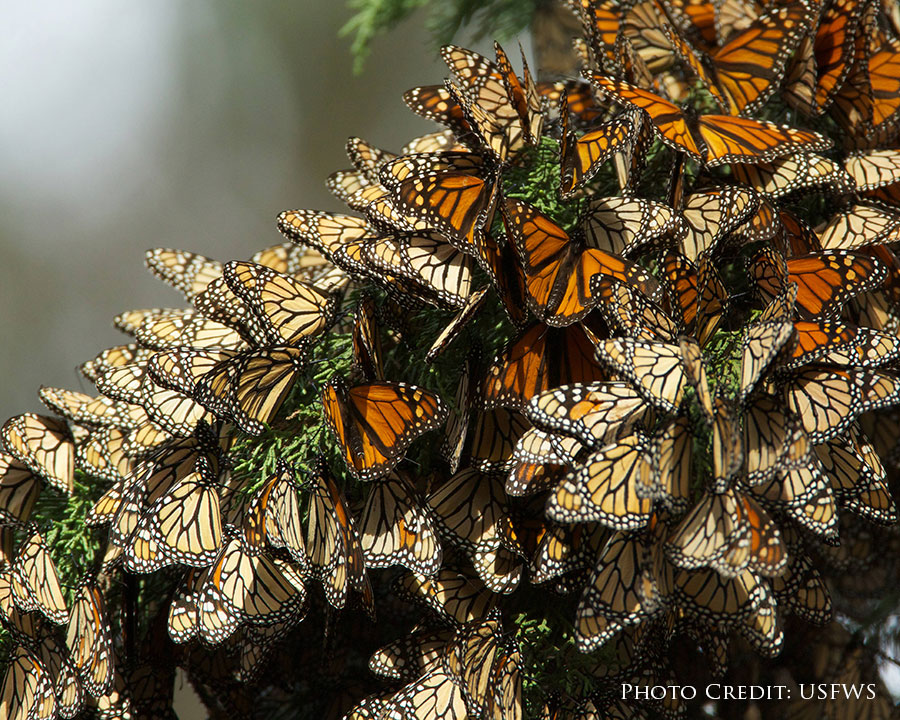
- The eastern population of monarchs overwinter at the Monarch Butterfly Biosphere Reserve, a rugged forested mountain area in Mexico about 60 miles northwest of Mexico City.
- These adults migrated up to 3,000 miles from the northern United States and Canada the previous fall.
- From November to March, they cluster together on trees to stay warm, sometimes by the tens of thousands on a single tree.
Lifecycle
Monarch reproduction is dependent upon plants from the milkweed family as these are the only plants monarch caterpillars will eat.
Females will generally lay only one egg on a given milkweed plant, and they can lay about 400 eggs in their lifetime.
Monarch caterpillars have 5 instars (an instar is the period between molts) during which they grow from about 2mm to 25mm.
Once they are ready to start the pupa stage they will attach themselves to a convenient surface and slough off their skin to continue their metamorphosis as a chrysalis.
After about 8-15 days the chrysalis splits and the adult monarch emerges
Population Declines
Monarch butterflies are in trouble. The western population has declined 99% since the 1980s. Since the 1990s the eastern population has declined by approximately 80%.
There are a number of factors that may be contributing to the decline in monarch numbers, but loss of milkweed habitat on summer grounds is a primary concern.
Listing and Conservation Efforts
The monarch butterfly has been petitioned for listing under the Endangered Species Act. The deadline for the U.S. Fish and Wildlife Service to make a decision on the listing petition is December 15, 2020.
Many organizations across North America have been taking action to stem the decline of monarch populations including the North Dakota Game and Fish Department which has developed the North Dakota Monarch and Native Pollinator Strategy. This document outlines actions to increase the monarch population in its summer range and further pollinator conservation in the state.
The Department also offers pollinator garden kits to educational organizations.
How You Can Help
Small efforts like pollinator gardens in yards, pollinator plantings on farmlands or leaving areas of milkweed in ditches and along roads unmowed, add up to make a big difference for monarchs and other pollinators. Even a potted flower on an apartment porch can provide food for a butterfly or other pollinator.
You can find resources to help you get started here.
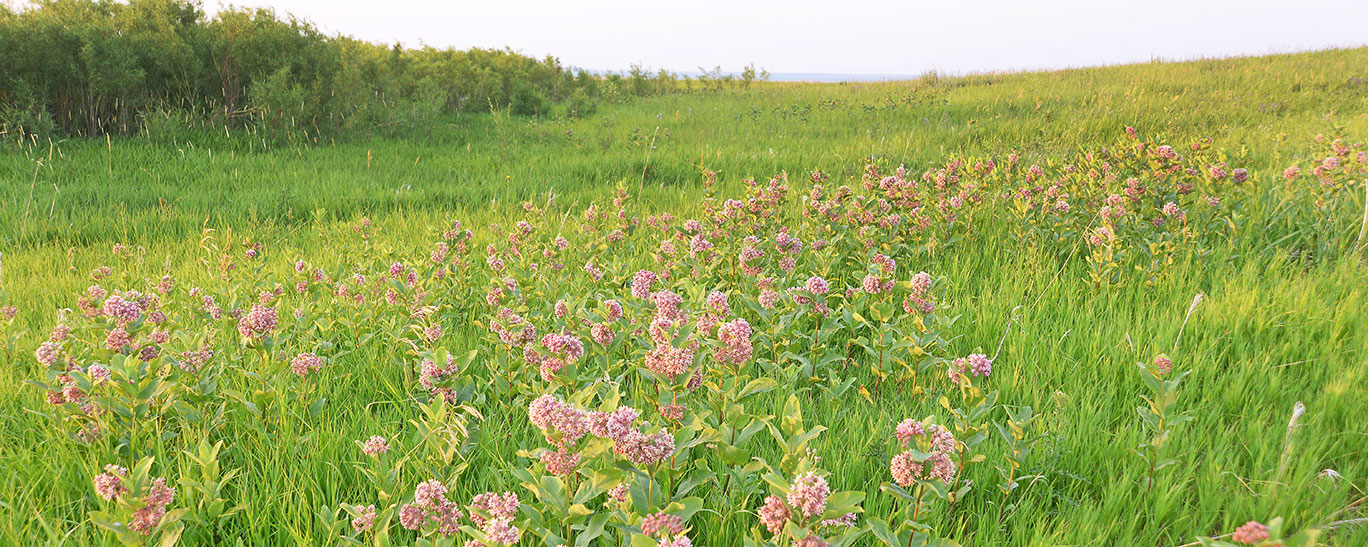
Milkweed - A key component of saving the monarch butterfly is increasing the amount of milkweed on the landscape. There are 11 species of milkweed native to North Dakota. Consider planting milkweed in any pollinator gardens or plantings you create.
More on Monarch Butterflies
- Monarch Joint Venture - provides numerous free resources such as Gardening for Monarchs, Rearing Monarchs Responsibly, or School Butterfly Gardens
- Teaching about the Magnificent Monarch: Resource Recommendations for Conservation Educators
- U.S. Fish and Wildlife Service Save the Monarch Butterfly - funding, monarch projects, and monarch conservation
Not every butterfly that appears to be a monarch at first glance actually is a monarch. Learn more about mimicry.
Citizen Science links:
- Monarch Larva Monitoring Project - monitor larval monarch populations and milkweed habitat http://mlmp.org/
- Monarch Watch Tagging - tags for adult monarchs http://www.Monarchwatch.org/tagmig/tag.htm
- Journey North - track the monarch migration each spring and fall https://journeynorth.org/monarchs
- Project Monarch Health - Tracks the spread of a common monarch parasite http://www.monarchparasites.org/

